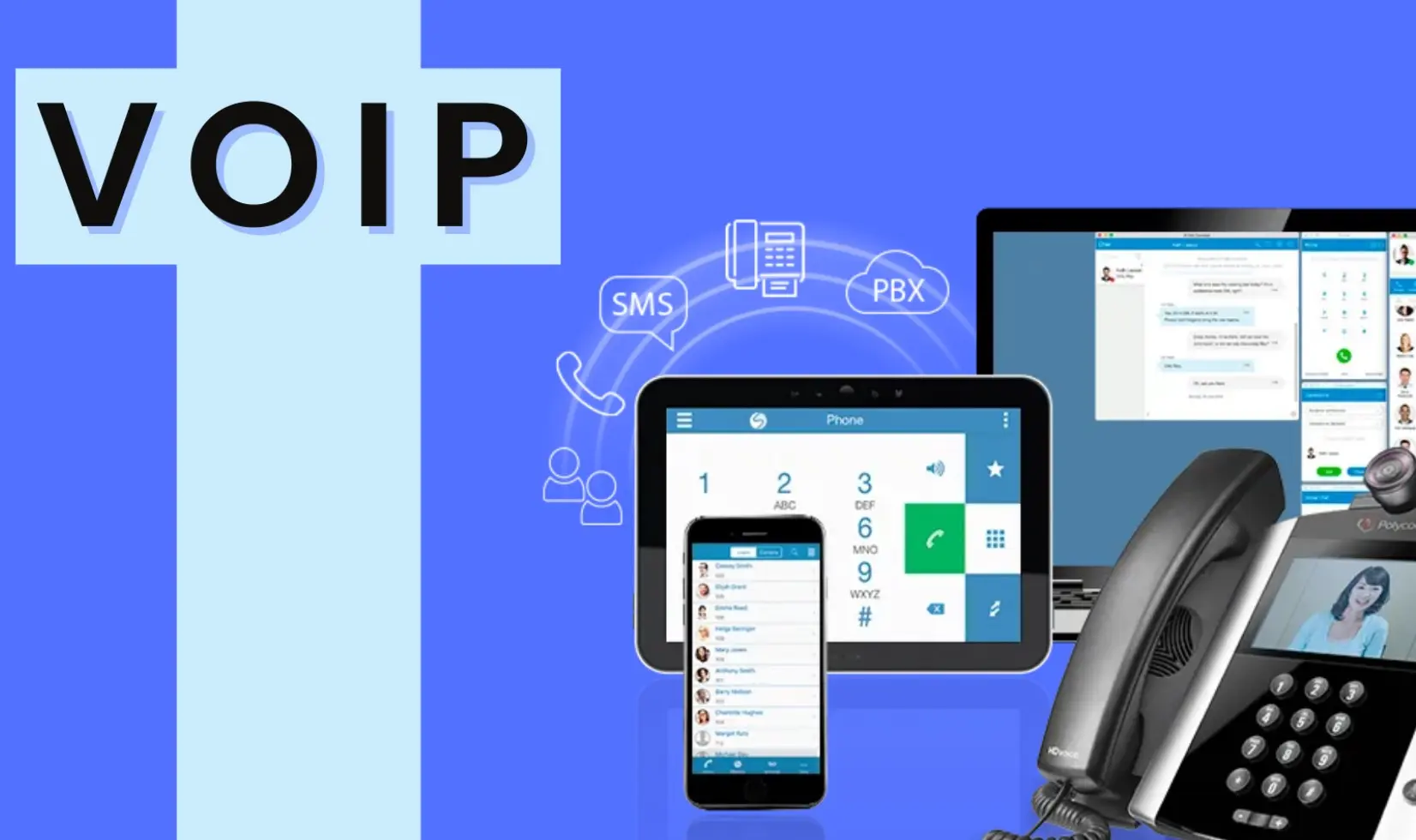
What is VoIP and How Does It Work?
VoIP, or Voice over Internet Protocol, allows you to make phone calls using a broadband internet connection instead of a traditional landline. Here’s a quick comparison:
| Traditional Phone Systems | VoIP Systems |
|---|---|
| Require dedicated phone lines | Use existing internet connection |
| Expensive international rates | Low-cost or free international calls |
| Physical infrastructure needed | Cloud-based, minimal hardware required |
| Limited scalability | Easily scalable with business growth |
VoIP transmits voice data digitally, offering clearer calls and a range of additional features like voicemail-to-email, video conferencing, and CRM integration.
How VoIP Saves Small Businesses Money
VoIP systems provide a wide range of cost-saving benefits that traditional phone lines can't match.
1. Lower Monthly Costs
Switching to VoIP can dramatically lower your monthly phone bill.
| Cost Category | Traditional Phone | VoIP System |
|---|---|---|
| Monthly Service Fee | $50–$100/line | $15–$30/line |
| Setup and Installation | High ($500+) | Often minimal or free |
| International Calls | Expensive | Free or pennies per minute |
| Maintenance Costs | Ongoing | Included with service |
2. Reduced Hardware Requirements
Traditional systems often require costly PBX hardware. With VoIP, all you need is a reliable internet connection and compatible devices like smartphones, laptops, or VoIP-enabled desk phones.
| Hardware Component | Traditional Systems | VoIP Systems |
|---|---|---|
| PBX Equipment | Required | Not needed (cloud-based) |
| Dedicated Desk Phones | Required | Optional, mobile apps available |
| Maintenance Fees | High | Minimal |
3. Scalability Without Extra Costs
Adding new employees to a traditional phone system can be expensive. VoIP services make it easy and inexpensive to add or remove lines as your team grows or contracts.
| Feature | Traditional Systems | VoIP Systems |
|---|---|---|
| Adding New Lines | Expensive ($100+/line) | Quick and low-cost |
| Remote Worker Support | Limited | Excellent (access from anywhere) |
Additional Benefits of VoIP for Small Businesses
Besides saving money, VoIP systems offer multiple business advantages:
| Benefit | Description |
|---|---|
| Mobility | Employees can take calls from anywhere |
| Advanced Features | Auto-attendant, call forwarding, voicemail-to-email |
| Improved Call Quality | High-definition voice quality with a good internet connection |
| Business Continuity | Stay connected during emergencies or power outages |
Key Considerations When Switching to VoIP
While VoIP offers significant savings, there are important factors to consider:
| Consideration | Importance |
|---|---|
| Internet Reliability | VoIP depends on a strong and stable internet connection |
| Security | Ensure your provider offers encryption and protection |
| Quality of Service (QoS) | Prioritize voice traffic to maintain call quality |
| Customer Support | Choose a provider with responsive, 24/7 support |
Top VoIP Providers for Small Businesses in 2025
If you’re ready to make the switch, here are some leading providers:
| Provider | Best For |
|---|---|
| RingCentral | Comprehensive features for growing teams |
| Nextiva | Excellent customer service and reliability |
| Grasshopper | Great for solopreneurs and very small businesses |
| 8x8 | Affordable international calling |
| Vonage | Flexible plans and great mobile apps |
Conclusion: Cut Costs and Boost Efficiency with VoIP
Adopting VoIP for your small business can lead to major savings—up to 75% on communication costs—while providing the flexibility and features your growing company needs. With lower monthly bills, scalable solutions, and robust functionality, there’s no better time to modernize your communication system. Evaluate your options carefully, select a trusted provider, and start reaping the financial and operational benefits today.






